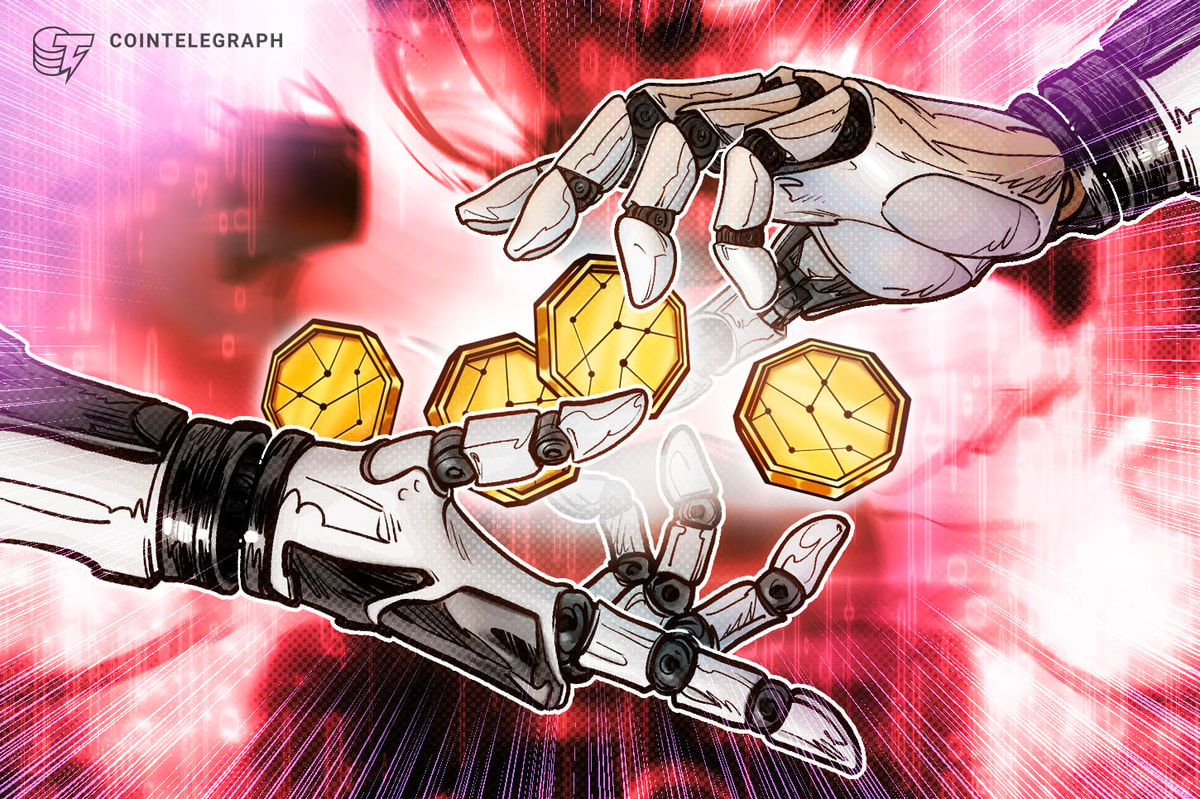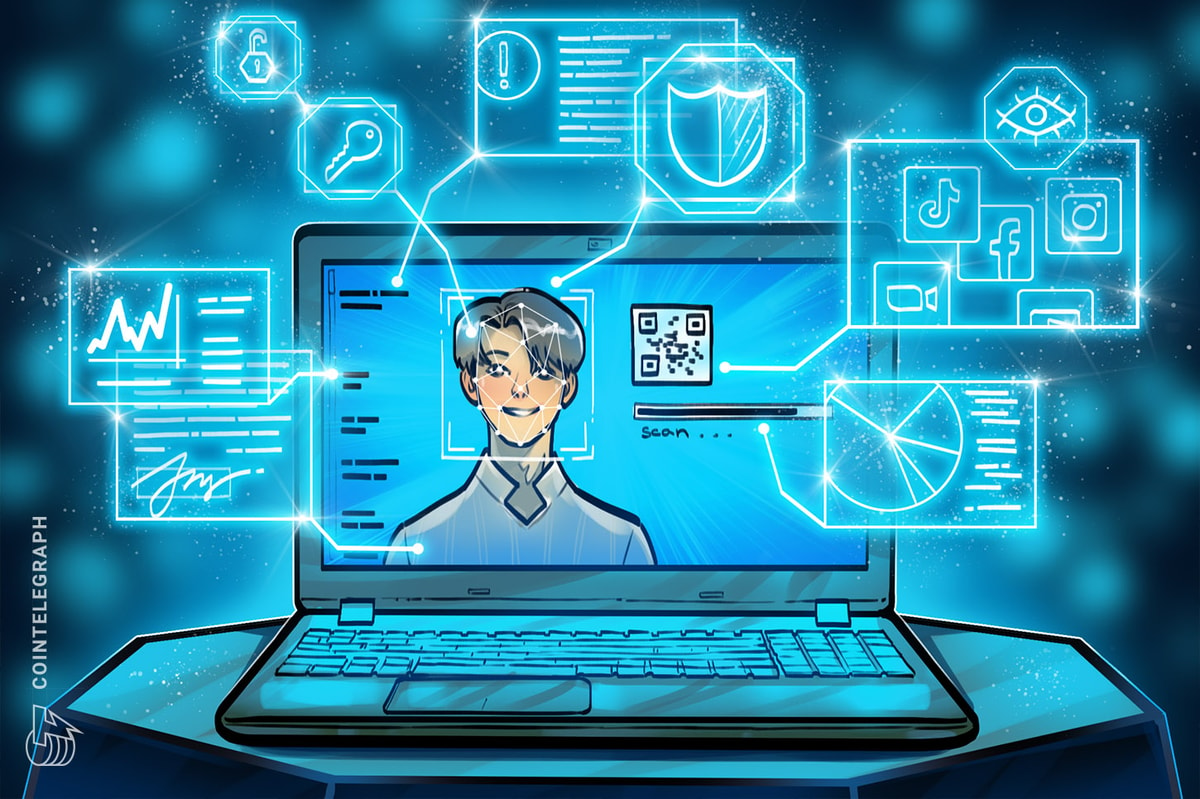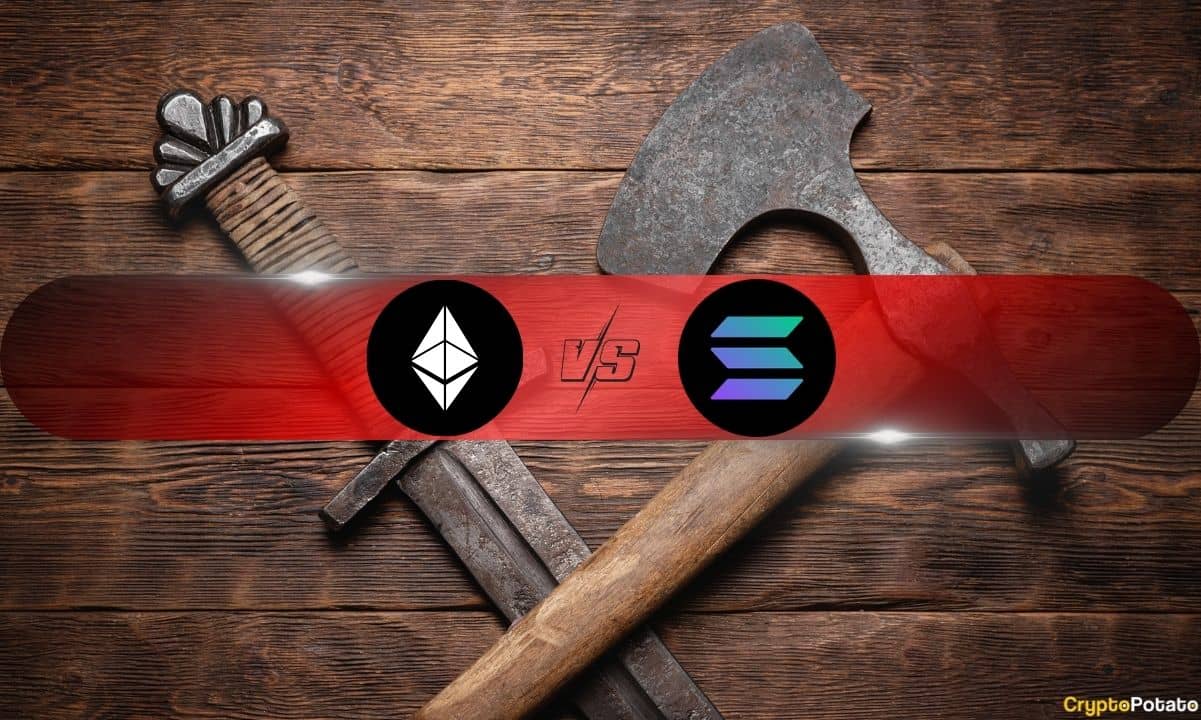Transforming Education through Emerging Technologies
New Pathways to Quality Education
Pandemic COVID-19 was undoubtedly a wake-up call for the education sector. It has paved the way for new technologies to overcome challenges limited access to quality education, resource shortages, and administrative burdens. This has transformed traditional learning systems. Recently, the convergence of Artificial Intelligence (AI), Blockchain, and Internet of Things (IoT) has created high-tech teaching and learning platforms.
Fuel for Growth
According to a Holon IQ study cited by the World Economic Forum, the global education sector is projected to spend $10 trillion over the next ten years. This indicates that AI, Blockchain, and IoT are set to play crucial roles in streamlining admission processes, providing interactive learning resources, and enhancing the overall education value chain.
Addressing Individual Learning Needs
Traditionally, the education ecosystem struggled with the lack of personalized learning. This resulted in one-size-fits-all teaching methods, failing to address individual student strengths and weaknesses. AI is enabling the development of personalized learning modules that cater to the capabilities and skills of each student.
Multifaceted Applications
The global AI in education market is expected to grow from $1,306 million to $3,165 million by 2031, as stated by Industry Research Biz. Intelligent tutoring systems powered by AI can assess the strengths and weaknesses of students, provide adaptive learning pathways, and facilitate student learning at their own pace.
Streamlining Administrative Tasks
Safeguarding Academic Records
Blockchain technology is offering robust solutions to data privacy and cybersecurity threats. It provides a secure and immutable way to verify academic credentials, enhance data security by offering decentralized and tamper-proof records. This is highly crucial for protecting sensitive information and preventing cyberattacks.
IoT-Enabled Classrooms
Similarly, IoT is transforming classrooms into smart spaces, connecting devices and sensors to monitor environmental conditions, manage energy usage, and provide real-time data on student engagement. IoT-enabled devices are enhancing learning experiences by providing immediate feedback, tracking student progress, and enabling hands-on learning.
Conclusion
In conclusion, the education sector has evolved significantly in recent years, with emerging technologies transforming the traditional learning landscape. The integration of AI, Blockchain, and IoT has unlocked new possibilities for personalized learning, efficient administration, and enhanced student outcomes. As the sector continues to grow, these technologies are expected to play a crucial role in shaping the future of education.
FAQs
Q: What are the benefits of integrating AI, Blockchain, and IoT in the education sector?
A: The benefits include personalized learning, efficient administrative tasks, enhanced data security, and transformed classrooms.
Q: What is the projected growth of the AI in education market?
A: According to Industry Research Biz, the global AI in education market is expected to grow from $1,306 million to $3,165 million by 2031.
Q: How do AI-driven chatbots improve communication in educational institutions?
A: AI-driven chatbots improve communication by reducing the processing time of administrative tasks, allowing educators to focus on teaching, and providing a platform for students to receive quick assistance and support.
Q: How does Blockchain technology enhance data security?
A: Blockchain technology enhances data security by offering decentralized and tamper-proof records, safeguarding sensitive information, and preventing cyberattacks.
Q: What role does IoT play in transforming classrooms?
A: IoT enables smart classrooms, providing real-time data on student engagement, managing energy usage, and enhancing learning experiences with hands-on learning and immediate feedback.









